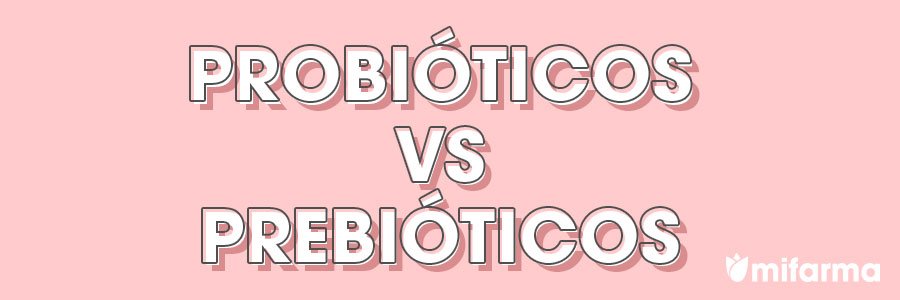Probiotics VS Prebiotics, what are the differences?
Given the similarity of both terms, it is easy to become confused, which is why it is important to distinguish the main differences between them.
While probiotics are healthy bacteria found in our gut, prebiotics are fibers that feed probiotics and help them survive in our body.
That is to say, the function of probiotics is to increase our intestinal flora with the contribution of new bacteria, and with prebiotics what we provide is food for the already existing bacteria, so that they can multiply more quickly.
But so you can better understand the difference between the two, let’s delve a little deeper into each term and its benefits. Ready? Let’s get started!
What are probiotics?
As we already told you in our dictionary, probiotics are good bacteria found in some foods and supplements that help maintain our intestinal flora.
Although for a long time, the benefits of consuming them for our body were not taken into account, today we know that they are not only important for better physical health, but also mental health.
At times like these, when our immune system and emotions are somewhat weakened, it is essential to maintain a proper diet and lifestyle that includes the consumption of these probiotics. Why? Mainly to avoid imbalances in which harmful microorganisms prevail over “good bacteria”.
What are the benefits of probiotics?
Adding this type of bacteria to our diet has countless benefits for our body, among which we highlight:
- – They contribute to emotional well-being.
- – They improve glucose and fat metabolism.
- – They prevent flu and colds.
- – They help take care of the liver.
- – They combat the side effects of antibiotics.
- – They help reduce and control digestive discomfort.
- – They strengthen our immune system by restoring the balance between good and bad bacteria.
Where can we find probiotics?
Thus, to consume them, we must know the two ways in which we can ingest them: through foods such as yogurt, kefir, and soy ferment derivatives, among others, or through the use of supplements that contain them.
And now… What are prebiotics?
Now that we know the main difference between both terms, let’s delve a little deeper into the great unknowns: prebiotics.
Prebiotics are not living organisms, but rather a type of non-digestible fiber that helps the growth and activity of beneficial bacteria in the intestine. In other words, instead of containing live microorganisms, they contain substances that, when they reach the intestine, serve as food for the good bacteria that we already have there, helping them to multiply more quickly and thereby increase our intestinal flora.
Benefits of prebiotics
There is scientific evidence that links the consumption of these fibers with benefits such as:
- – Prevention of cardiovascular diseases and disorders.
- – They promote the absorption of calcium, magnesium, iron, and zinc, as well as the synthesis of some vitamins.
- – They provide metabolic and defensive benefits such as improvements in digestibility, nutrient absorption, and a decreased risk of infections.
- – They prevent the implantation of dangerous bacterial species in the intestine.
- – Improves bowel regularity.
Where can we find prebiotics?
Unlike probiotics, the only way to incorporate prebiotics into our diet is through foods that contain these fibers. Some foods that are especially rich in these prebiotics are garlic, onions, bananas, honey, wheat, and other cereals, as well as legumes.
After knowing the countless benefits of both, we can conclude by saying that the combined use of probiotics and prebiotics is a great solution when looking for an improvement in our immune system and, therefore, in our health. The ideal would be to base this combination on the contribution of prebiotics that help the probiotics in their function.























+ There are no comments
Add yours